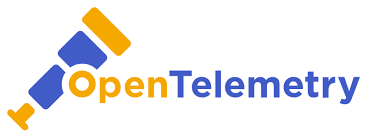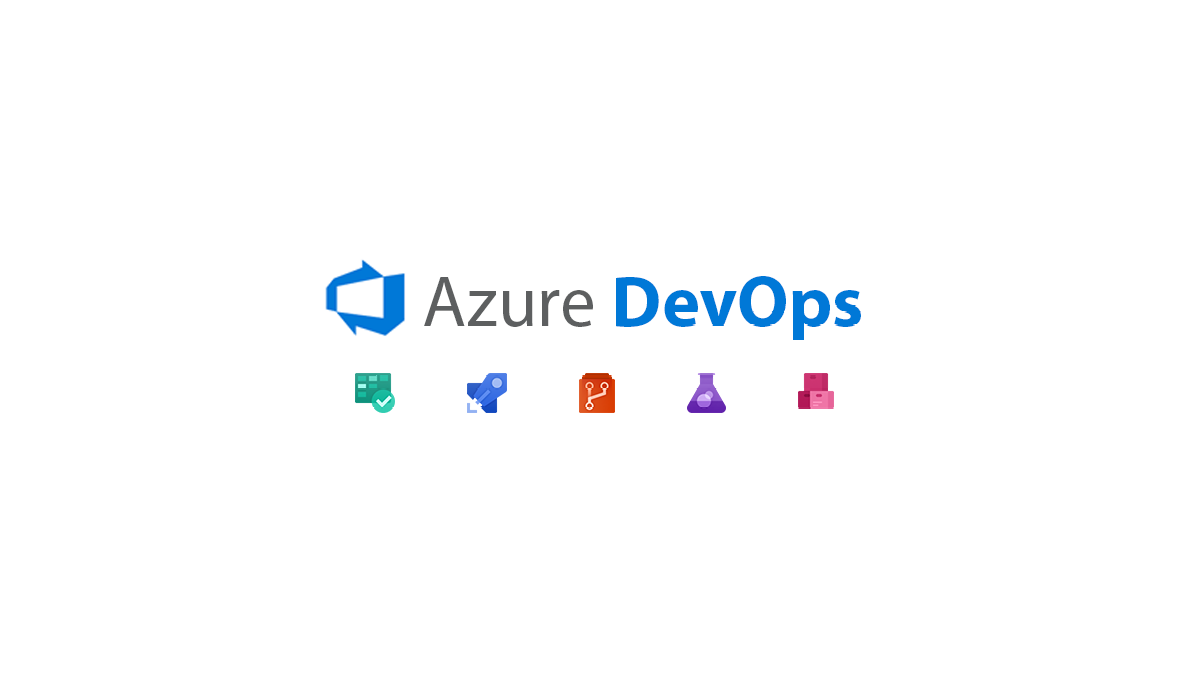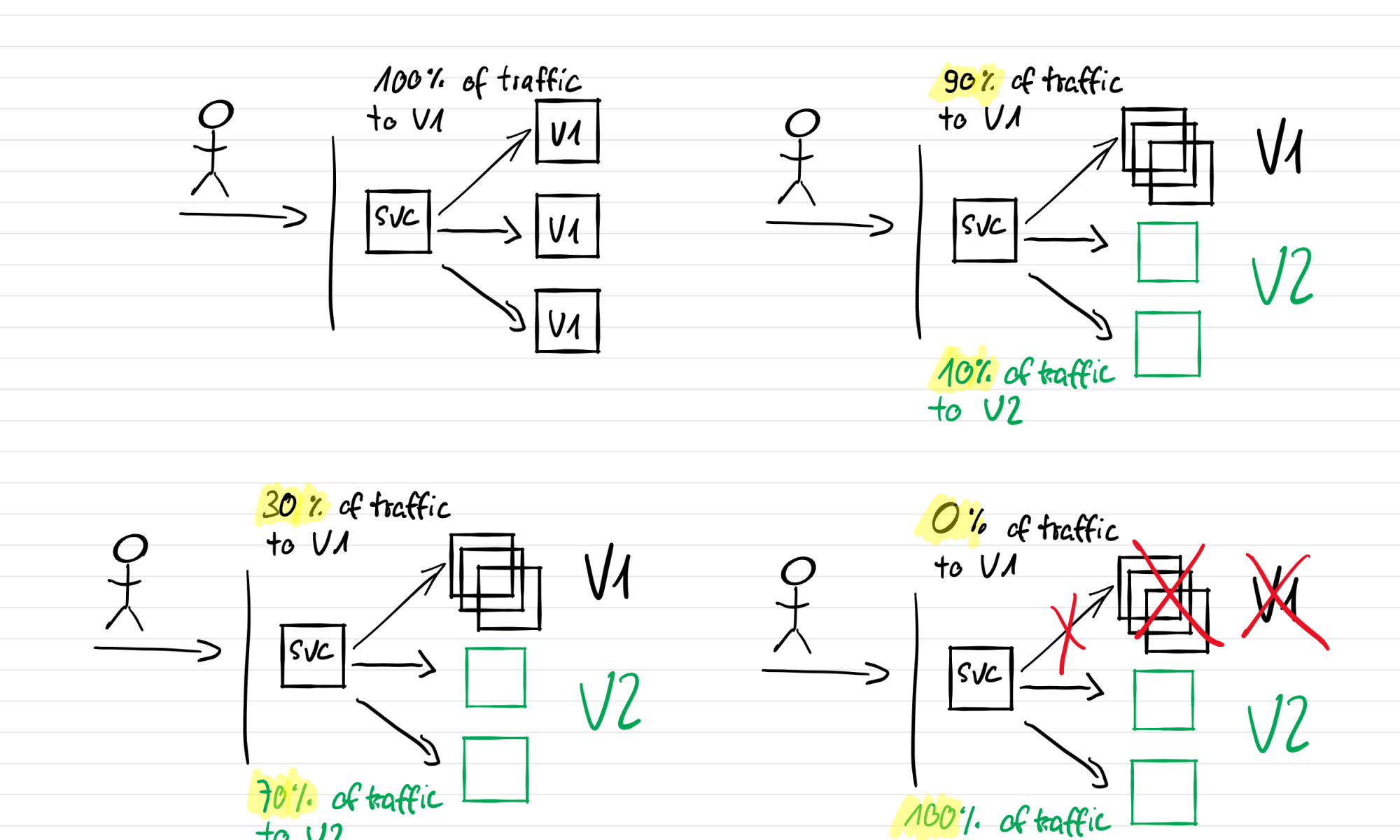Learn how to use ASP.NET OpenTelemetry custom metrics and an OTEL collector in combination with Prometheus / Grafana.
Secure Azure Cosmos DB access by using Azure Managed Identities
Learn how to use Azure RBAC to connect to Cosmos DB and increase the security of your application by using Azure Managed Identities.
Using the Transactional Outbox Pattern with Azure Cosmos DB for Guaranteed Delivery of Domain Events
This article is about how to build a resilient architecture for distributed applications leveraging basic Domain-Driven Design and the Transactional Outbox Pattern with Azure Cosmos DB and Azure Service Bus.
Getting started with KrakenD on Kubernetes / AKS
KrakenD is a popular Open-Source API gateway. Learn how to deploy and configure the product on your Kubernetes cluster and expose a first sample service.
Azure DevOps Terraform Provider
This article shows how to use the Azure DevOps Terraform provider to create projects, Git repos, pipelines and variables groups that automatically integrate with an Azure KeyVault.
Release to Kubernetes like a Pro with Flagger
Use WeaveWorks Flagger and the concept of canary releases to rollout new versions of your services to production with confidence. You can even get notifications via Microsoft Teams and monitoring via Prometheus/Grafana.
WSL2: Making Windows 10 the perfect dev machine!
This article describes how you have to setup WSL2 on Windows 10 and other tools to make your workstation a "wonderful experience" for you as a developer or architect!







